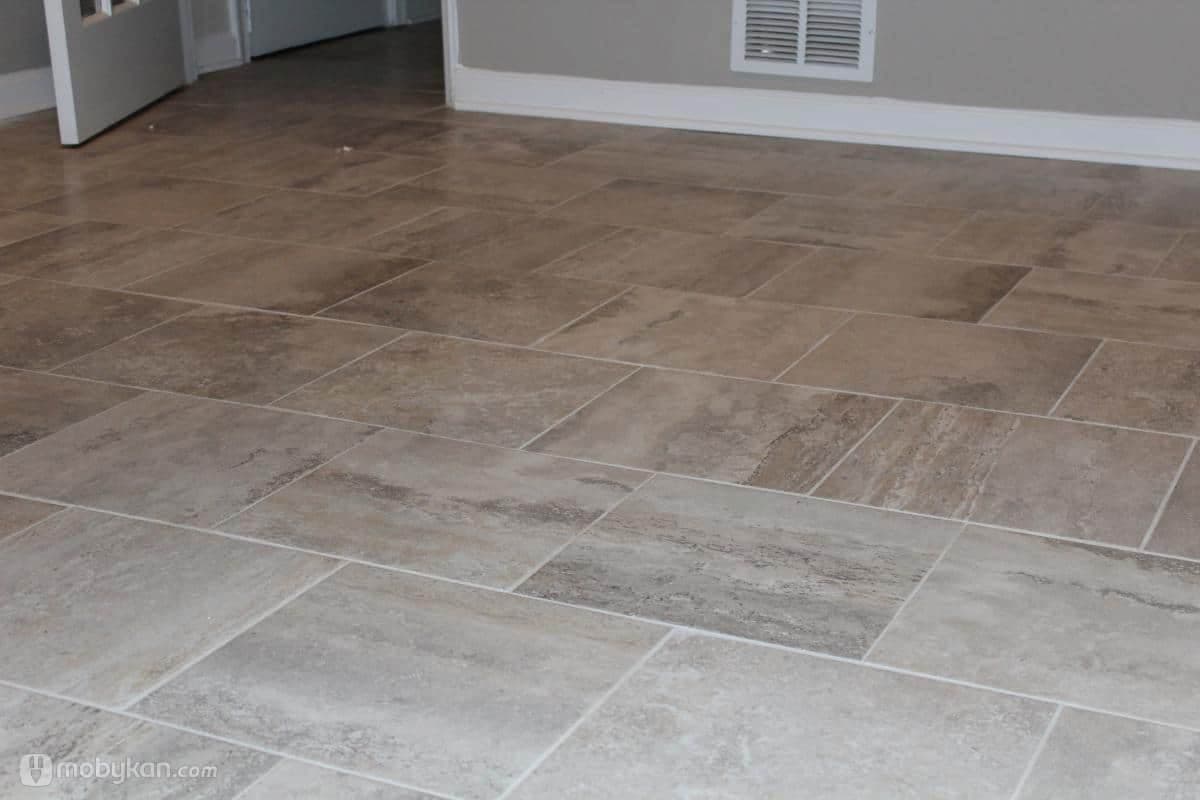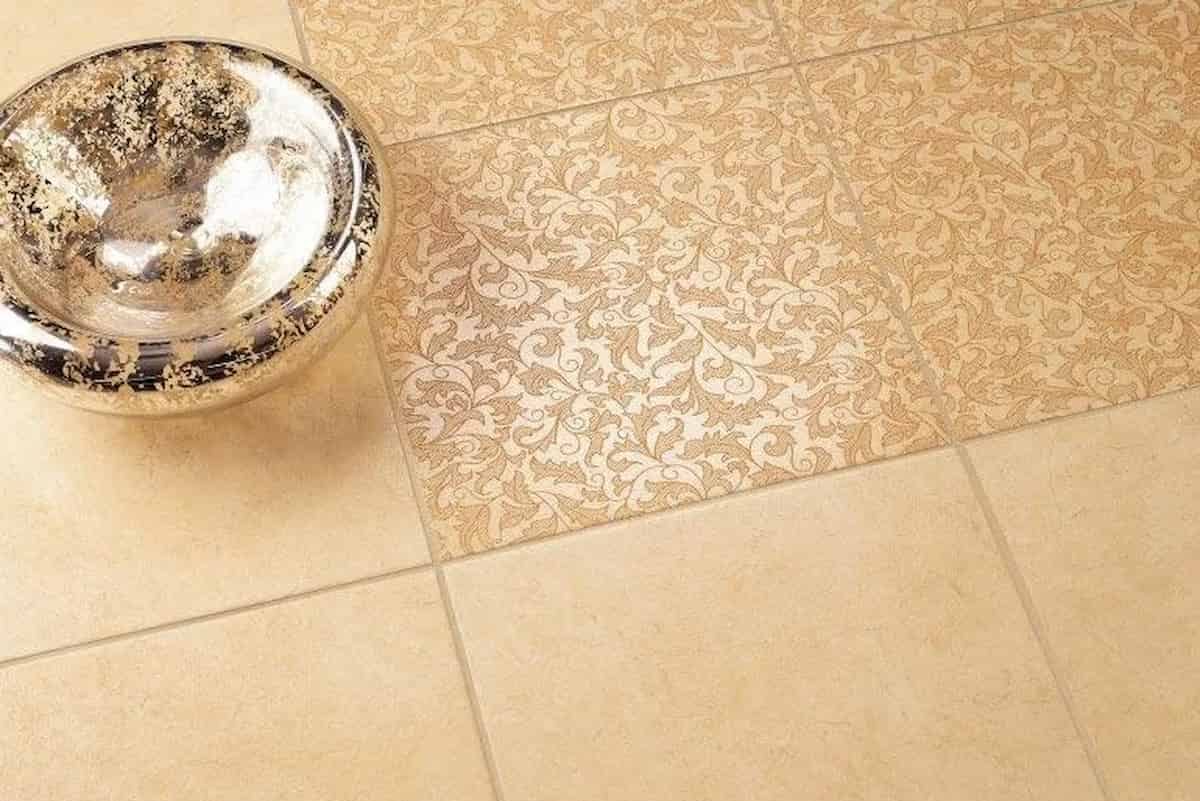Tiles are the most important element of a room’s design that conveys your taste and refinement.
Tiles, whether for the floor or the walls, are available in a wide variety of patterns and color combinations. However, choosing the tile’s size is essential and can even affect the aesthetic of the space.
The practicality of 800mm x 800mm tiles makes them an intelligent choice. The price of tiles in this category is pretty inexpensive.
The most popular sort of tile is the square, which comes in a variety of sizes ranging from relatively small to quite large. The majority of square tiles are available in the following dimensions: 2, 3, 4, 6, 8, 12, 16, 18, and 24 inches, however, other producers produce tiles in non-standard dimensions. The majority of tiles created specifically for flooring are available in sizes beginning at 6 inches and increasing in size.
Because square tiles have no discernible orientation, it is easy to establish how many tiles are required. Additionally, it is easy to mix other tiles of different colors or shapes (like a skinny, rectangular tile next to a square tile).
The installation of large 80×80 cm tiles on any floor may modernize any area. All 80×80 tiles have rectified edges and may be put with minimal grout lines in order to retain the continuity of the surface and provide a stunning end result.
The majority of individuals often visit a store to choose a tile before considering how to install it in their home.
For example, they might attempt to lay two tiles of 40 cm each and cut the third one into pieces for a corridor width of 1 meter, rather than choosing two tiles of 50 cm each or three tiles of 33 cm each, simply because they were unaware that there were other options.

There are further serious cases. A designer chooses a tile size for a project that, although not existing in nature, looks to fit the area flawlessly. One of my acquaintances spent a considerable amount of time searching for 33×85 cm floor tiles before learning that the size was created by the designer.
To assist you in selecting the proper sizes for your installation, we’ve decided to offer the standard sizes of the most popular tiles on our market.
This will provide you with an idea of what to expect in shops. Obviously, there are other sizes in addition to those stated. This list consists just of the most prevalent terms. Keep in mind that the size stated by the manufacturer is often an estimate of the actual size. Approximately 7 millimeters may divide the two.
Therefore, if you want a 30×30 cm tile, you can have one measuring either 29.729.7 cm or 30.230.2 cm. All catalogs, samples, and publications only provide approximate measurements. Nonetheless, each time tiles emerge from the conveyor, they are of varying sizes (the sizes vary due to the behavior of clay during firing). If you want to be able to calculate your installation to the millimeter, you should inquire about the exact sizes of the tiles you want to purchase from the seller (he may not know this, but he has to measure and inform you). The tile itself and porcelain stoneware are the two primary categories into which floor-appropriate tiles are divided. Because it is baked at a high temperature and pressed under strong pressure, porcelain stoneware is a very resilient tile that can withstand substantial stress.

There are no granite pieces present. Because the floor is always under stress, certain tiles cannot endure this force without fracturing. Because of this, porcelain stoneware is often put on the ground. However, if the area has limited foot traffic, such as the toilet floor, a tile can be installed there. It is more challenging to shatter tiles of a smaller size.
As a result, 20×20 cm floor tiles are the most common size. There are manufacturers of 30×30 cm floor tiles. Nevertheless, porcelain stoneware is ideal for this size. Typically, the thickness of floor tiles ranges from 6.5 to 11 mm.
Regular and thin porcelain stoneware are the two primary types of porcelain stoneware. Most often, the thickness runs from 8 to 10.5 millimeters, but 11 to 12 millimeters and 14 millimeters are also available. These thicker tiles are excellent for high-traffic areas (supermarkets, airports, car parks, etc.). Different sizes of porcelain stoneware may be available in a range of thicknesses. For instance, porcelain stoneware with dimensions of 30×60 cm can have a thickness of 9.5 mm, whereas porcelain stoneware with dimensions of 60×60 cm can have a thickness of 10.5 mm. Check the thickness of each size before purchasing and spreading out multiple sizes.

Thin porcelain stoneware has a thickness of less than 5 mm. There are collections available in 4 mm, 3.5 mm, and even 3 mm thicknesses.
A few years ago, this material was designed and mass-produced to facilitate installation. It is lighter (especially significant for big tiles), easier to install, and occupies less space due to its diminutive size.
Typically, thin porcelain stoneware is laid on top of already installed ceramic floor coverings and on walls (including facades). In this instance, the overall rise in floor level is less than when a 10 mm-thick material is used.
Consequently, undesirable thresholds can be avoided. Thin porcelain stoneware inherently loses a portion of its strength, which is why it is not yet widely used. However, if you want to use a thinner material, ask the shop if tiny versions of the collection are available. The same collection commonly appears in both normal and thin variants. Although thin tiles are rarely in stock, they can be supplied if you place an order.
How the size and form of your tiles could impact the space
- Using larger floor tiles may assist in making a small room look larger. This is mainly because flooring with fewer grout lines will flow more organically. Additionally, this effect may be enhanced by picking grout that closely matches the tile’s color. However, keep in mind that tiles larger than 18 inches will be too large for a little space.
- Small mosaics provide texture to a floor and, despite their more frequent grout lines, may also improve the flow of space due to their ability to fit readily around toilets, sinks, and other equipment.
- Laying horizontal rectangular or plank-shaped tiles on the floor might give the illusion that a long, rectangular area is wider and more spacious than it actually is.
- Using smaller tiles to create a border or edge and larger tiles in the center may make a space look cozier and help you define it more precisely.
- To add texture to a space, construct a distinct, random pattern with tiles of the same color and quality, but in varying square and rectangular sizes.
A wide variety of sizes and patterns are available in our company, contact our sales managers and receive the catalogs.












Your comment submitted.